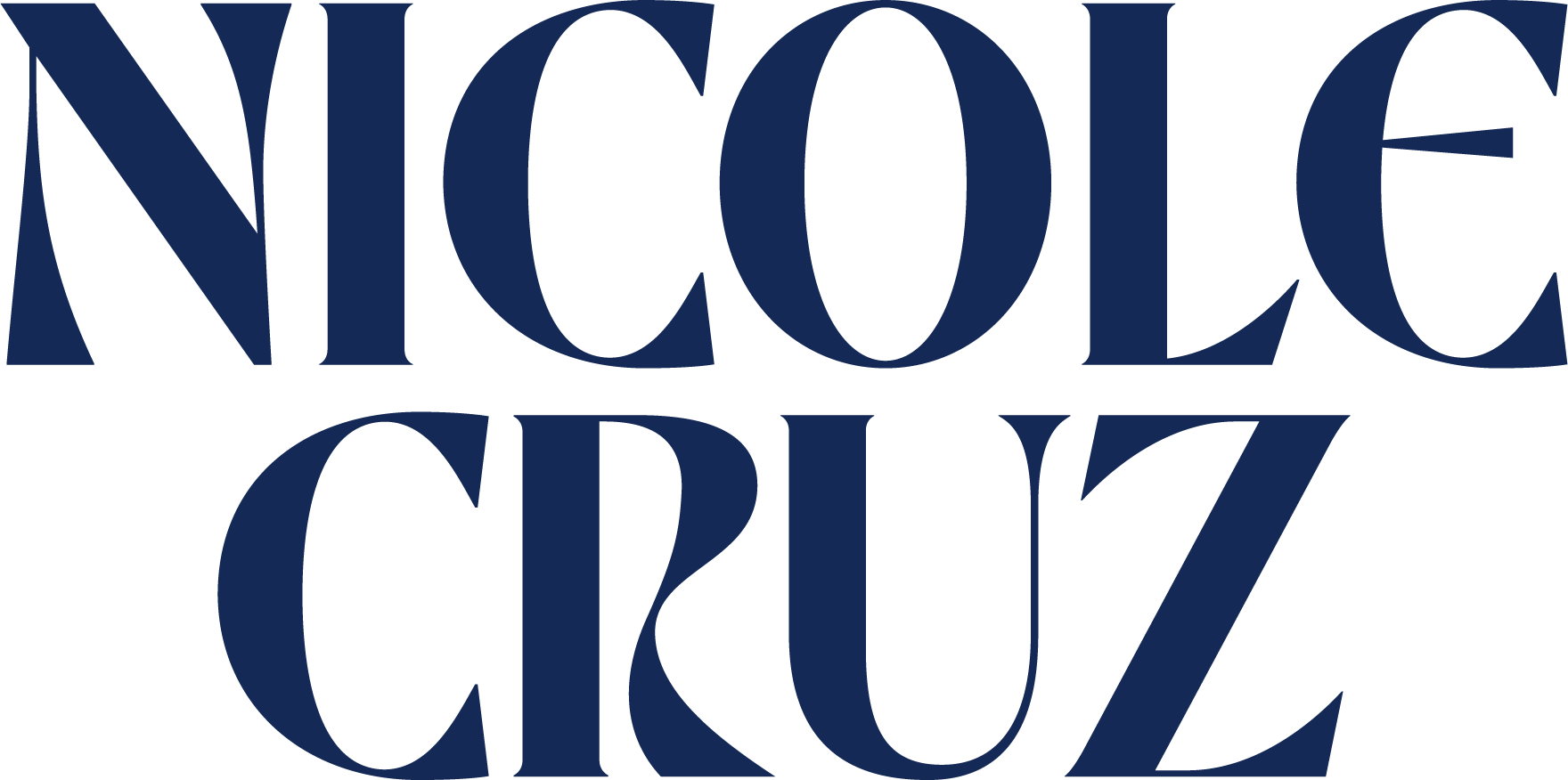3 steps to start breaking
the cycle of doubt-based living
It can be intimidating to figure out what path is best for you when you’ve been taught to follow the “safe” path your whole life. . But even then, there is a process you can explore! Here are three steps you can take today to break the cycle.
Are you sick and frustrated with playing small, but don’t know how it would look like to live larger? To live as your FULL self?
Or maybe you’re feeling pulled to stay on the “safe” side because you don’t want to make a big change that isn’t familiar?
When it comes to liberated living, sometimes not knowing where to start can keep us stuck and confused. After all, it can feel so overwhelming to take on! I know I’ve definitely felt panic in times of doubt.
When you remember this is a real struggle for everyone, it’s no wonder doubt-based living is so tempting and “easy” to revel in. Society has taught us that sometimes the road more traveled is the easy choice when we don’t have a clear roadmap for how to get to where we do have the clarity and peace that we deserve.
So what would it take to start breaking the cycle? Little by little, bit by bit, it’s completely possible. Here are three steps to help with just that.
Identify all the questions that you typically answer with “I don’t know”
Those ones concerning our life, purpose, etc…Write them all down.
We cringe at those questions and want to avoid them because their significance can be so, so scary. But in our heads, they’ll continue to take up space and feel looming the longer we avoid them.
Once we name these questions, we can start to find ourselves in a different headspace. Identifying them can give us a scope of where we’re headed, and help us center our awareness.
From, “What is my ideal job?” to “Is my partner the right one?” to “What do I really want?” There are lots of questions we don’t want to ask. Writing them down is a small but mighty step to acknowledging and being aware of them.
Visualize a version of you that has the answers to those questions.
Suspending the “I don’t know” answer or “I don’t want to talk about it” works better if there’s another “person” with the answers to help out. That person can be you. A version of you that knows the answers to those big questions and isn’t impacted by others’ judgments or opinions.
Even if it feels like playing pretend, breathing deeply, and using your imagination to navigate these questions can actually put your body in a better state. It can somatically help you feel like many of your hopes and dreams are more within reach than you believe.
Imagine that you know the answers. What does that wise version of you feel like? What do they believe about themselves? How do they move through the world?
After you play around with visualizing this version of you, ask: what answers would that version of you come up with? Allow yourself to journal and answer those questions freely, without judgment or censorship. What would be possible?
Visualizing this can give you a starting point to finding the answer.
Select one of those answers that feel really exciting to you. Now brainstorm the small steps to get there.
What would it take?
Planning even the smallest things within the big things can help.
Productivity experts often say that breaking one big task into several small tasks can give the brain an ability to grasp the “scope” of what it’s doing, and then be able to tackle things while feeling like you’ve made progress. The key is many little things can add up to one big thing.
Similarly, little changes here or there can help you be more comfortable with the big one. Often, doubt happens because we catastrophize what it would take to get to the goal. But that doesn’t always have to be the case.
Gently let yourself be open to taking one step at a time towards that answer. Brainstorm one “next best”, small but mighty thing you can do. Instead of trying to plot out steps 1-100, what is a small change you could make to build your self-trust?
Without committing to doing them, scoping out and easing into change is the best way to move forward. For example, if you’re trying to get a new job, making a list with items like, “putting my resume on LinkedIn,” and “asking my friend at a different company about their workplace culture,” can help you.
You’re not fully leaping headfirst into the doubts with actions such as, “Write my resignation email.” You’re just lightly entertaining different answers to the questions. Can you feel the difference?
All of this can be done without forcing yourself or pressuring yourself as to “when it will all happen.” The point is to let your brain get comfy with the idea before you take action.
In all things, we prize gentleness toward making change and liberating ourselves. We don’t want to throw open the doors and sprint outside, just to get winded before the finish line. We want to take small but firm steps so our nervous system can adjust accordingly and as slowly as it needs to.
You’ve got this. You’ll be able to gently dance with and eventually outstep the doubts over time. Patience is key when living as our full selves!
